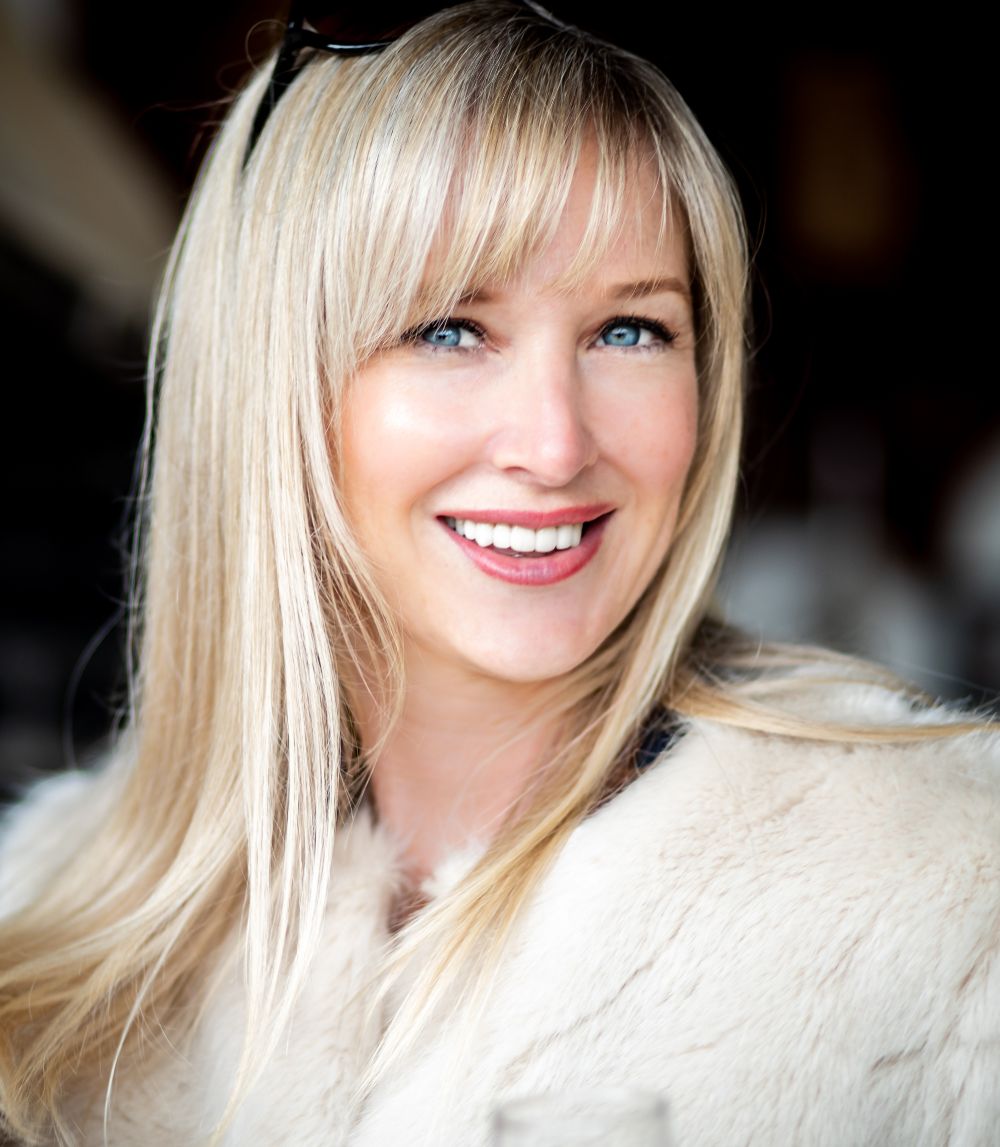How the Ugly Drinks brand got a taste of stateside success
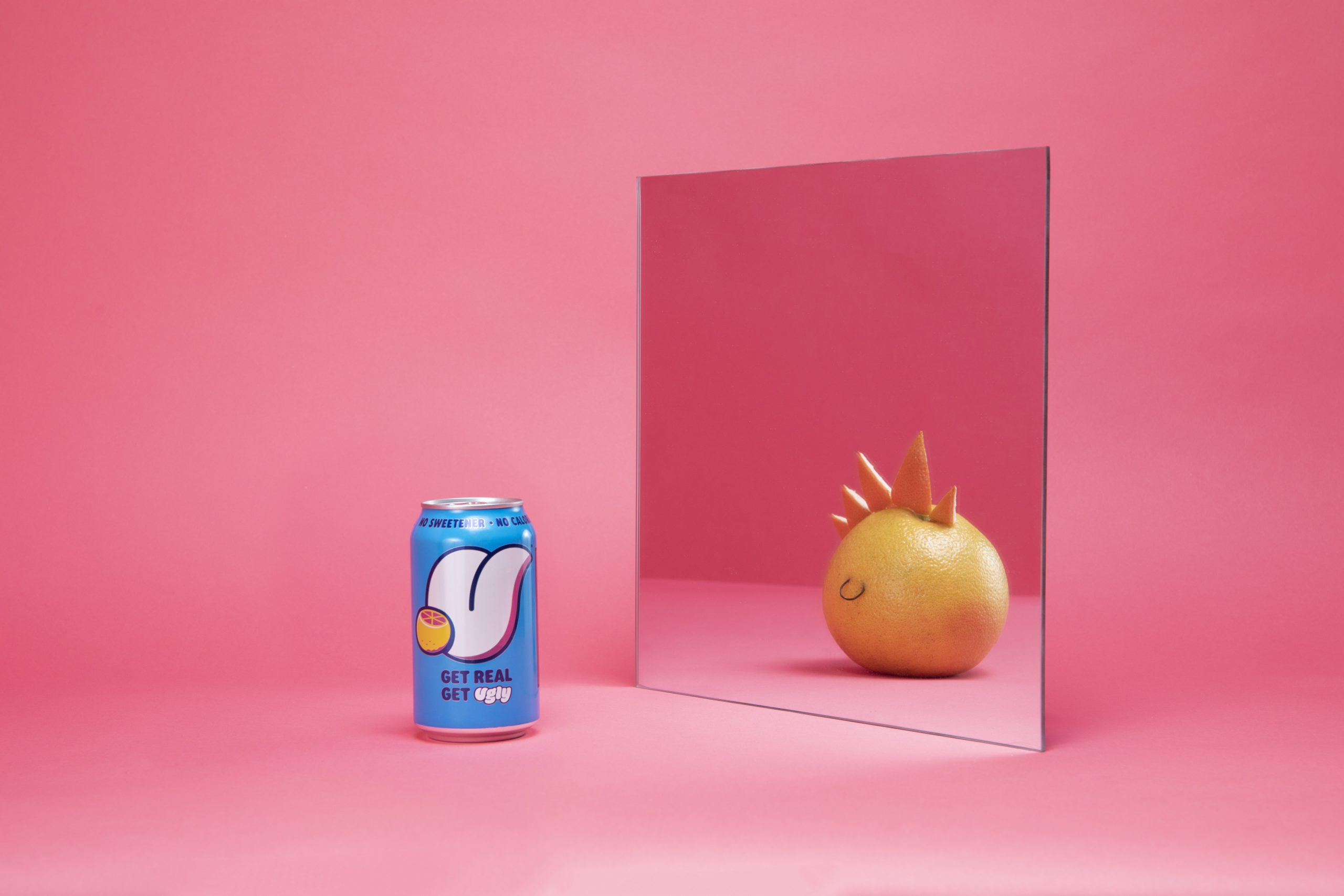
Fed up with fake news and bogus marketing claims, Americans are enjoying the refreshing honesty of British brand Ugly Drinks.
Fed up with fake news and bogus marketing claims, Americans are enjoying the refreshing honesty of British brand Ugly Drinks.
Ugly Drinks has enjoyed the kind of growth all start-ups dream about; from humble beginnings in a London shipping container, to breaking the United States in just a few years.
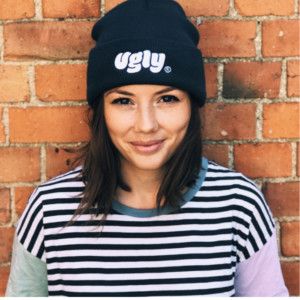
It’s been a crazy journey for founders Hugh Thomas and Joe Benn, and for Global Head of DTC & Brand Orla Weir, who started with the company as an intern straight out of Manchester University. Back then, Weir was selling Ugly out of her backpack. Today, she oversees the Ugly brand in multiple markets.
“It’s mad, I have imposter syndrome every day,” she says. “But having been part of that journey from day one, aside from Hugh and Joe who started the brand, I’m probably the next person that knows it inside out. That’s really given me the opportunities that I’ve had within the company.”
Working alongside branding agency Jones Knowles Ritchie, Weir has helped to create an award-winning sugar-free sparkling water brand, famed for its no BS approach to marketing.
It’s not only been a hit in the UK, where Ugly is now available in over a thousand Sainsbury’s and Tesco stores as well as online; the brand has also been embraced in the US. Since launching there in May 2018, Ugly has established both a thriving direct to consumer (D2C) operation (they’ve shipped a case to virtually every state) and a strong retail presence in two key markets, New York and Nashville.
Ugly Drinks stands out in a saturated market
What makes this even more of an achievement are the distinct differences between the UK and US markets; while Ugly pretty much pioneered a whole new category in the UK, the brand has had to go up against stiff competition in the US, which already has a very large unsweetened sparkling water category.
Weir says the size of the opportunity made it too big to miss: “It’s worth over three billion dollars, so it always made sense for us to branch out in that direction. We’ve always felt that Ugly had the potential to be global and to be truly mainstream.”
To target the American consumer, Ugly has had to tweak its marketing, moving away from category education and towards innovation.
“In the UK, this unsweetened flavoured sparkling water category is quite new. And so a lot of what we do is education and trying to get people to understand the differences between a sugary fizzy pop, sparkling water, and something that’s in the middle. But in the US, that’s much less relevant, so it’s really about being the best brand out there.”
The US seltzer market is worth over $3bn so it made sense to branch out in that direction.
“Being the best” is a tall order for any challenger brand, let alone a British one that’s trying to make waves across the Atlantic. Weir says they have capitalised on their D2C platform, great supply chain and “nimble” design partners to get noticed.
“We’ve launched a fun limited edition campaign where we drop new flavours every single month. And they’re always kind of crazy flavours and in small quantities – this month it’s marshmallow. We get people to vote on different flavours and that dictates what our upcoming ones are.
“That’s given us this hold in the US to be the ‘fun flavoured sparkling water,’ with a community of people that can engage with it and make decisions with the brand. And that’s maybe become our US differentiator and hopefully will be something we bring to the UK in future.”
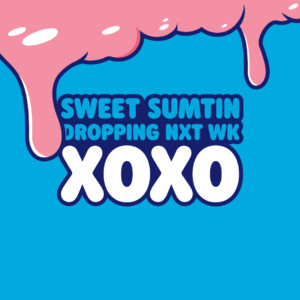
Ugly Drinks finds the sweet spot for sugar-free
Something else that has helped differentiate Ugly in the States is its bold branding. In America, seltzer brands are predominantly targeted at females but Ugly has broken the stereotype that flavoured, calorie-free water is just for girls.
“We’ve seen through the data that we get from our online platform that Ugly is truly gender neutral. It just splits right down in the middle.”
Interestingly, what has been an advantage in America, has presented somewhat of a challenge back home. As Weir notes, Ugly doesn’t look like a flavoured water brand, and this has led to difficulties educating the UK market.
“It might have been easier if we had an elegant looking can that advocated for delicate flavours, but we don’t. We have a bold brand with attitude. The reason for that is because our mission is to take people from drinking sugary and sweetened sodas and give them an alternative.
“Because of that, it can’t feel healthy and it can’t feel boring and it can’t feel delicate and dainty; it has to feel fun and punchy. That’s really why we’ve opted for our aesthetic.”
It might have been easier if we had an elegant looking can that advocated for delicate flavours, but we don’t.
Ugly is so committed to its sugar-free mission that, after establishing the brand in New York, the team picked the most challenging state in the US to tackle next – Nashville, Tennessee.
“We now exist in Nashville, which is the biggest soda drinking state per capita. As we have a mission to stop people from drinking as much soda as they are, we really need to be in areas where that’s even more of a challenge. And so it’s a really exciting market for us to go after.”
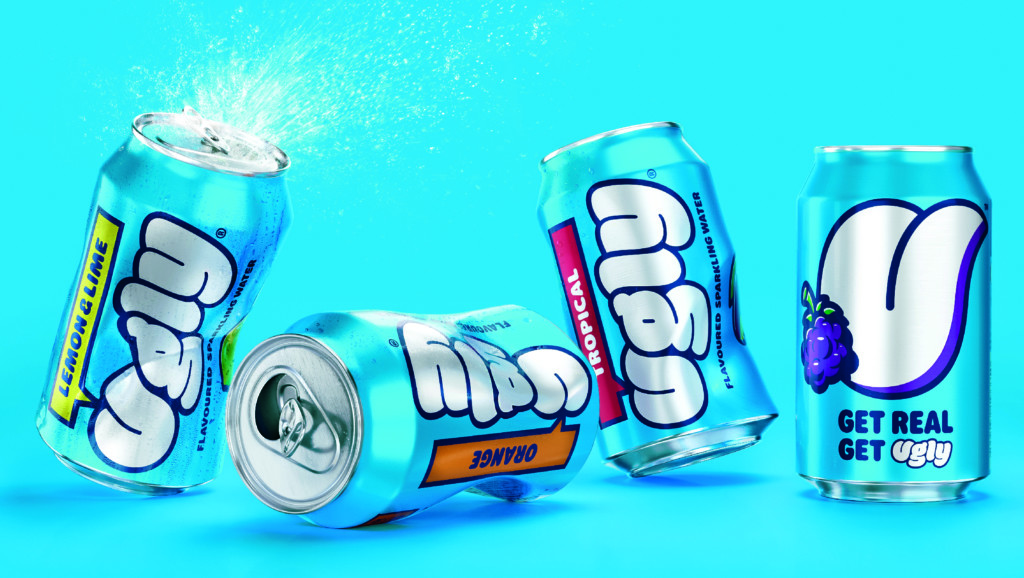
Ugly Drinks survives and thrives through coronavirus
While no brand would hope for a global pandemic as they eye international expansion, coronavirus has actually aided Ugly in some respects. Not only have more consumers been bulk buying from supermarkets, but they’ve also been looking for new ways to shop. During lockdown, Ugly’s online sales increased by around 400%.
“I think that our omnichannel approach has been a bit of a saviour, because it’s meant that when certain channels, like maybe food service, have had to pause, we’ve just been able to scale up in other ways.
“We’ve been really blessed to have had our e-commerce platform set up and running efficiently and ready for scale. It’s really taught me how important that is; it’s a platform where you can basically automate everything and we were fortunate enough to have done that before COVID hit.”
We’ve focused on the unboxing experience; people just love getting these ridiculous, bright blue boxes.
Despite the success of D2C, Ugly’s channel strategy remains split in favour of retail 80/20. And that’s because Ugly realises it has to be widely available in shops to become a truly mainstream brand.
“We see some really cool data from people shopping online. Ugly does very much resonate with a Gen Z, digitally native, purpose-led audience. But at the same time we want that psychographic to be influential to a wider audience. Ugly is very much for everyone. And for that reason, we want people to be able to find Ugly in retail no matter who they are or where they’re based. We still want them to be able to pick it up and be excited about it.”
Weir says D2C and retail work in tandem together, with one supporting the other. Because the online platform is owned and controlled by Ugly, it serves as a “really exciting marketing tool”, where they aim to make the experience as memorable (and share-worthy) as possible.
“One area we’ve focused on is the unboxing experience; people just seem to love getting these ridiculous, bright blue boxes that arrive at their door. We get tons of amazing content from people snapping those.
“But I think there are ways we can elevate that. So we’re working on a merchandise range at the moment and it’d be nice if you get a hat or a tote in every third box. That’s the sort of thing that keeps people excited.”
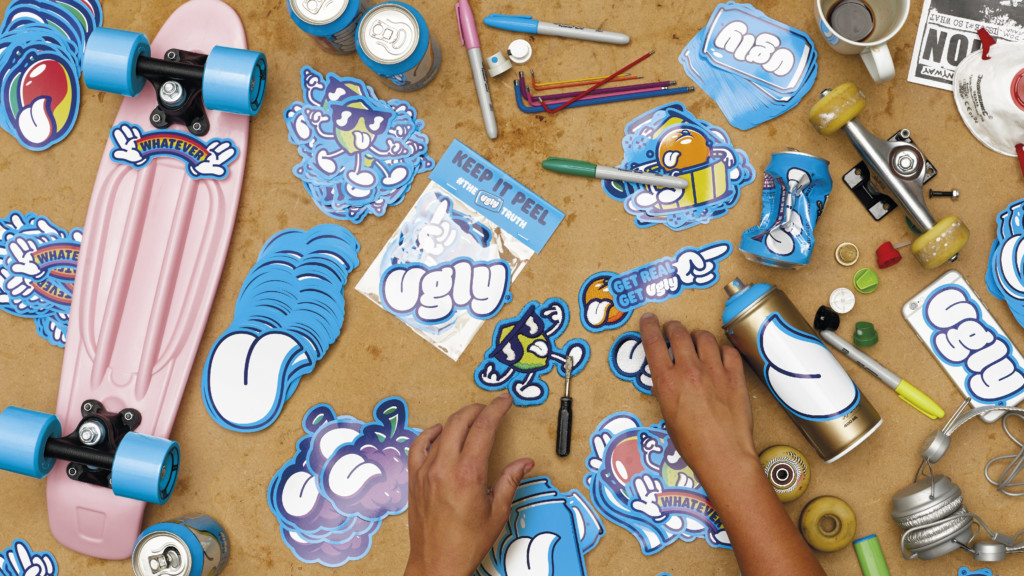
Ugly Drinks is a no BS brand
While other drinks brands tell you their products will make you faster/healthier//more attractive, Ugly doesn’t bother with any of that. Their message? It’s just a nice tasting drink without sugar.
“Over the last few years, the concept of authenticity has been huge because people are just fed up with living in a time of fake news and feeling manipulated. So I think being a straight-talking brand certainly resonates and that works in our favour.”
The brand’s flagship ad campaign ‘The Ugly Truth’, which tackles the issue of fake news, “alternative facts” and baseless marketing claims, won both a Gold CLIO Award and a D&AD Pencil.
But while the brand’s straight-talking approach has been well-received, Weir admits it’s not without its challenges: “It would probably work well for us on a platform like Amazon to say that we are a ‘delicious sparkling water with lemons from the sun-dappled groves of Italy’. I’m sure it would get great click-through, but it would be complete BS and it wouldn’t be the sort of thing we would say.
“It can sometimes feel restrictive but, in the end, I think it’s what will give us a true and authentic tone of voice.”
Part of Ugly’s authentic voice is speaking out on social issues like climate change and equality. This has included partnering with Girl Up, a United Nations foundation empowering young female leaders and Oceanic Global, an ocean conservation charity tackling plastic pollution.
“If you design a brand around tackling the ugly truth, you kind of owe it to your consumers to actually tackle the ugly truth. And although we focus very much on doing that in a food and beverage space, we wanted it to be a lot more than just a drink.”
Weir believes that all businesses have a responsibility to do some good: “It doesn’t necessarily mean setting up a donation partnership, it’s just thinking about the ways in which you can make your business work for good in the long term.”
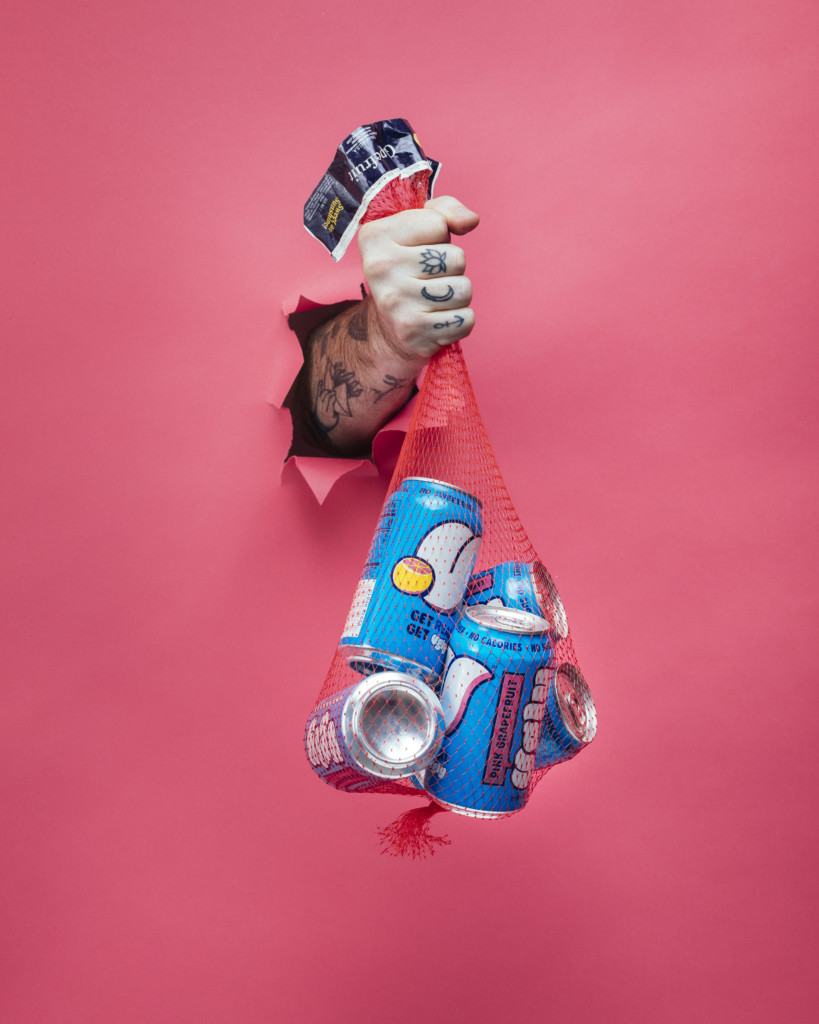
The Ugly Drinks future
Ugly may have made huge strides since the early days, when it was just four people in a shipping container, but Weir says the team is still hustling hard. In the US, they’re trying to crack another key territory – California – while they also have ambitious plans to expand in Europe.
Weir says that, while their marketing budget might be a bit bigger now, they still focus on grassroots activities like sampling when trying to gain a foothold in a new market. It’s something she recommends to other bootstrapping brands.
“The big thing to say is that it’s definitely about being qualitative and not quantitative because you’re ultimately relying on word of mouth to build momentum and to get people to hear about your product.”
You’re relying on word of mouth to build momentum and to get people to hear about your product.
Weir points out that during Ugly’s first year the internal team did over 350 in-store demos between them.
“That was mad and we were all exhausted, but it was actually really nice because it meant that it was our core team out meeting people every single day and chatting to them about the brand, connecting with it.
“We have always worked with the logic that if you make every single one-on-one experience special, that’s really powerful. So I think it’s about that, and also probably just about hustling very, very hard.”
Thinking about expanding your brand internationally? Find out how Attest can help you with vital market intelligence.
Tell us what you think of this article by leaving a comment on LinkedIn.
Or share it on:
